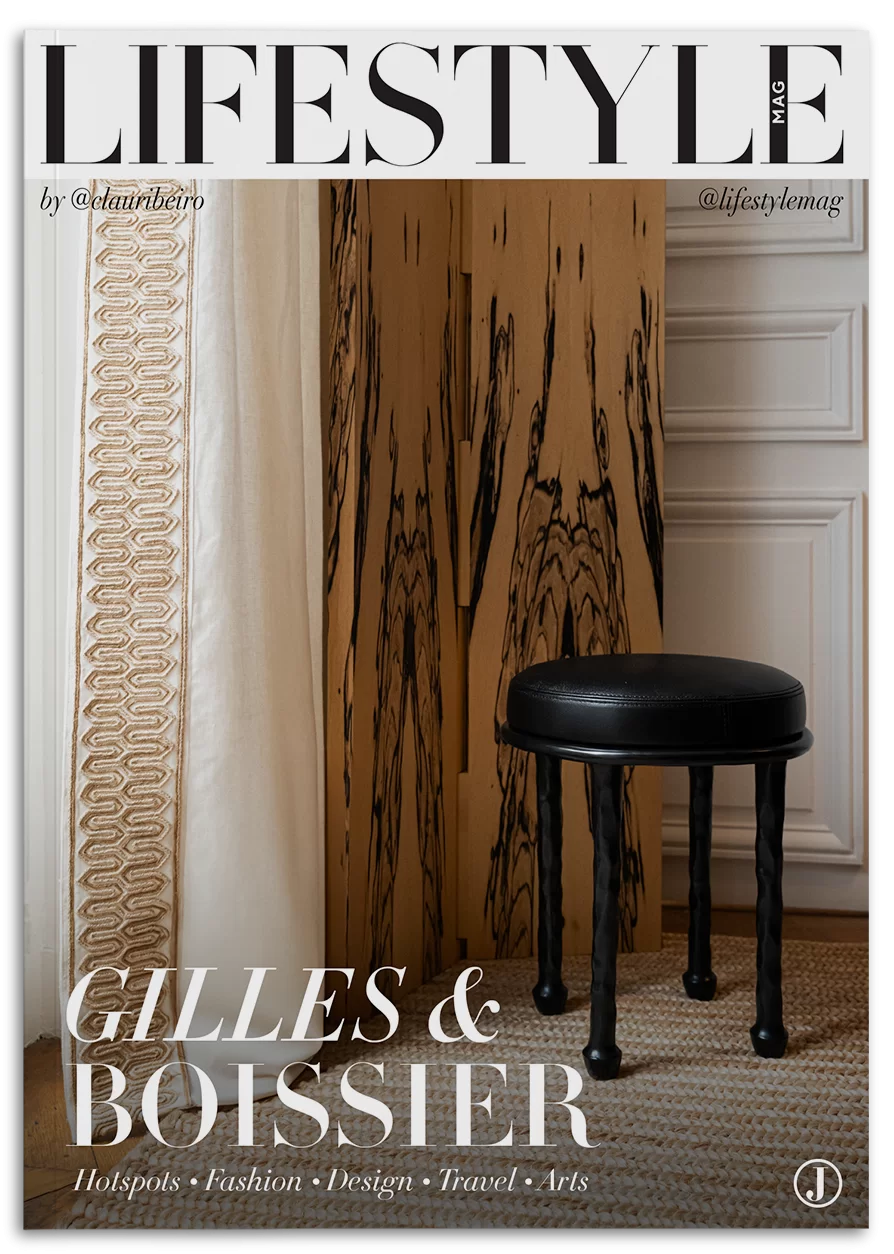The golden age of disco
Few places in the world capture the spirit of an era as perfectly as Studio 54. The most iconic club of all time, it left its mark on New York…
— and the world — with its irresistible mix of disco music, daring fashion, legendary celebrities, and a ruleless freedom that defined the 1970s. In the heart of Manhattan, amid strobe lights, glitter, and excess, one of nightlife’s greatest myths was born — a place where anyone who got in became part of history.
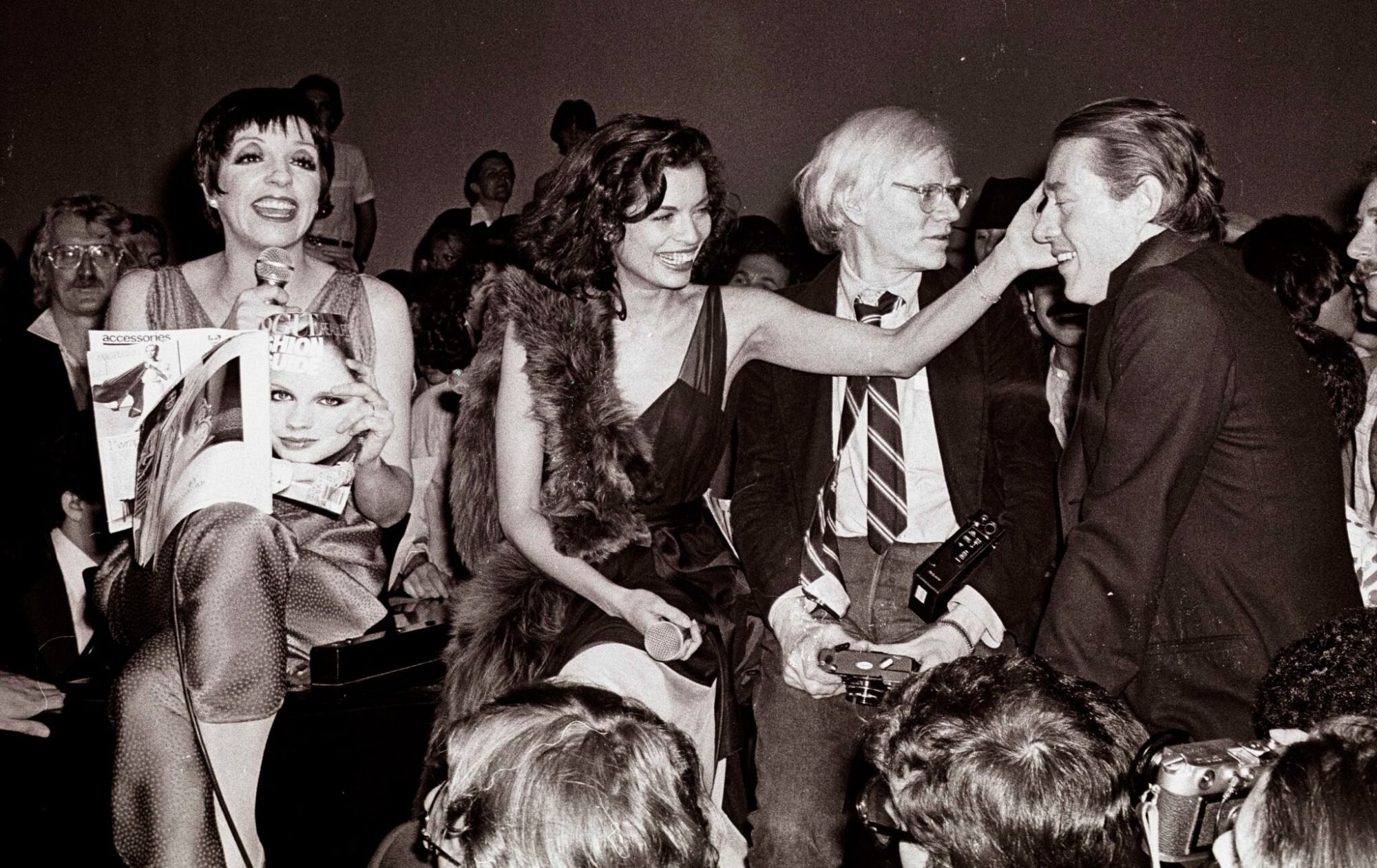
Opened in April 1977, Studio 54 became, within days, the epicenter of pop culture and the disco era. Outside, endless lines formed every night. And it didn’t matter if you were a millionaire or a lucky nobody — what really counted was having the right look, the right attitude, the right magnetism. Doorman Marc Benecke became a legend in his own right with his ruthless curation — they said it only took him a glance to decide whether you had the aura of a star or would be left outside, in the shadow of the dream.
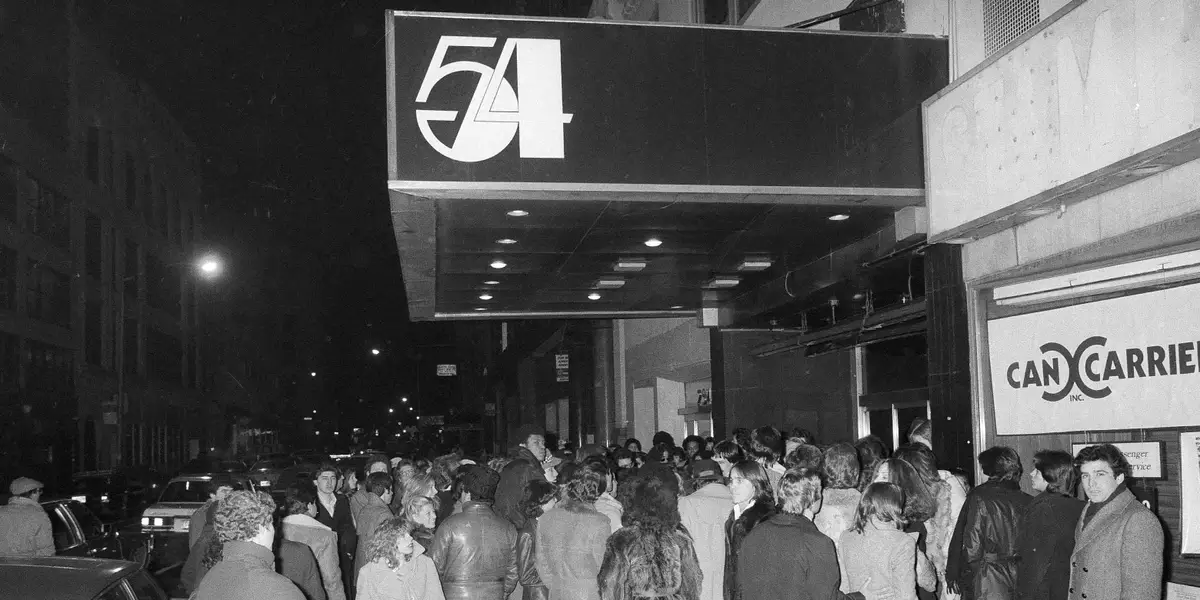
Inside, the club was pure fantasy. The dance floor throbbed beneath giant mirror balls and light effects that would forever change the aesthetics of nightclubs. They say that one night Bianca Jagger entered riding a white horse, wearing a shimmering gown that looked almost like liquid. Andy Warhol, the king of pop art, appeared often, always accompanied by his entourage and Polaroid camera at the ready. Diana Ross even took the microphone and sang to the crowd. Liza Minnelli, Mick Jagger, Grace Jones, Cher, Michael Jackson, and even Salvador Dalí were regulars, gliding between tables, divans, and velvet curtains.

Whispered stories turned into myths. They spoke of parties where movie stars got lost in the stage smoke, of dancers in barely-there costumes spinning from the ceiling, of moments of pure hedonism in secret rooms. A recurring rumor claimed there was a “forbidden room” on the mezzanine where excess ran wild. None of it was ever truly confirmed — but perhaps that was the greatest allure of Studio 54. The line between reality and legend was thin, almost as ethereal as the haze that floated above the dance floor.
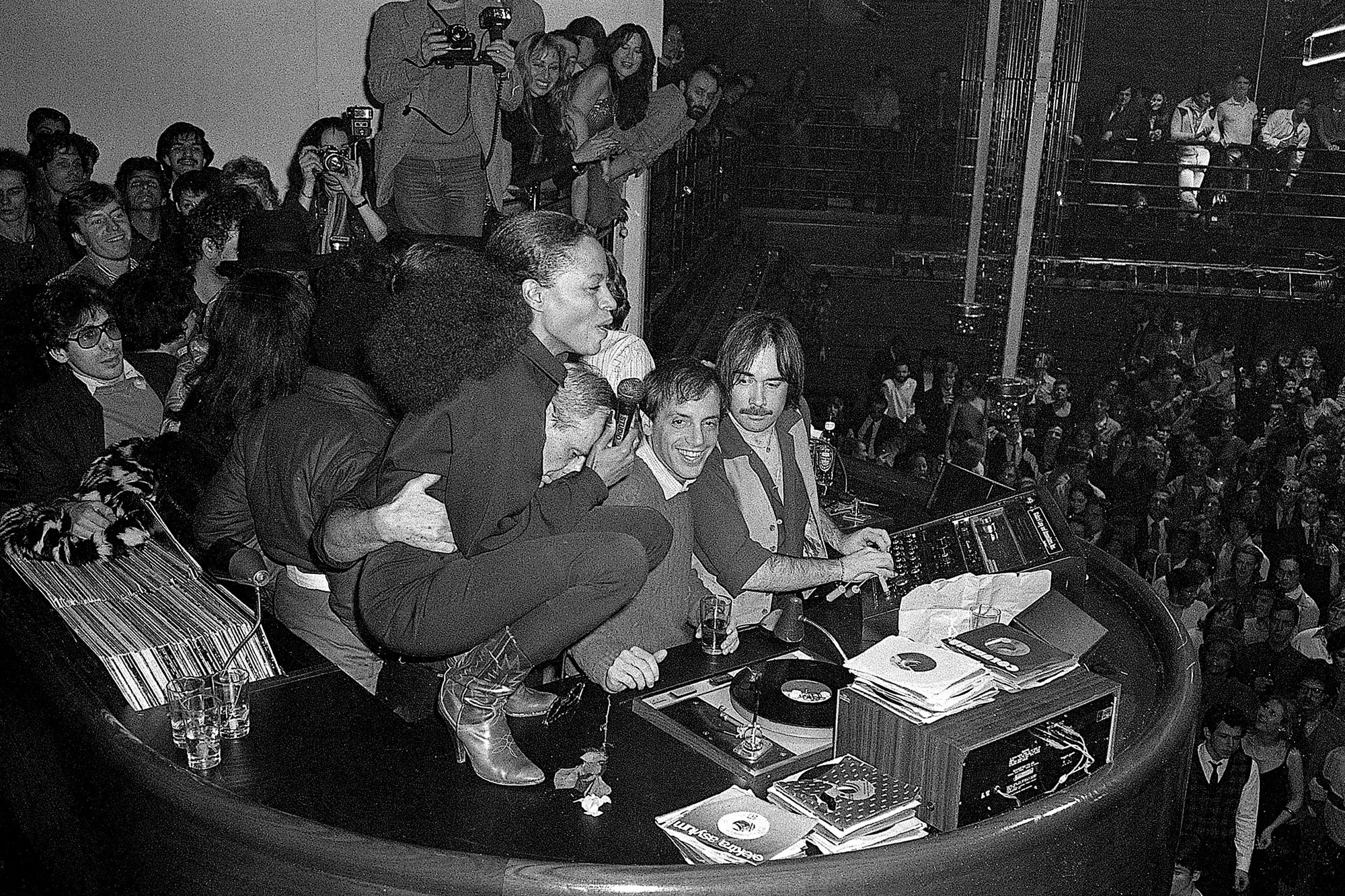
The impact of Studio 54 was so powerful it still echoes today. More than just a nightclub, it became a symbol of a behavioral revolution — a New York that dared, that didn’t ask permission to shine, that believed the night was meant to be lived intensely. Fashion was never the same again. Metallic dresses, skintight jumpsuits, feathers, glitter, and sky-high heels — every guest seemed to be competing for an informal prize of originality. It was the disco era translated into unforgettable looks.
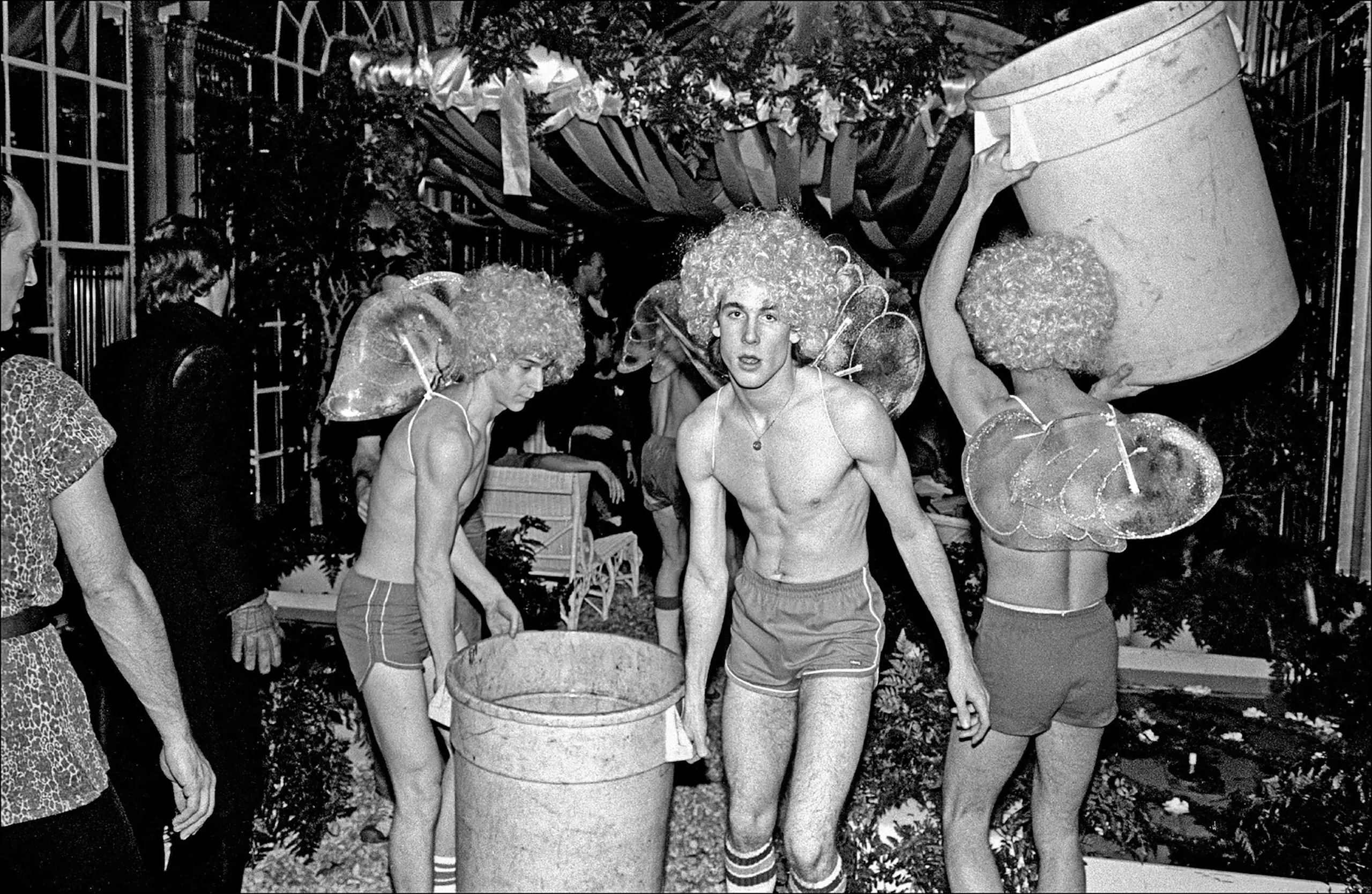
In 1980, the original owners, Steve Rubell and Ian Schrager, were arrested for tax evasion, and the club never regained the same shine after that. But Studio 54 had already fulfilled its role — turning nightlife into art and immortalizing an era when everything seemed possible, where the boundaries of creativity and freedom expanded with every beat of Donna Summer and the Bee Gees.

Today, Studio 54 is synonymous with ruleless glamour, with a New York that breathed boldness and freedom, with an era when being seen there was almost as important as being someone. In every story, myth or truth, one certainty remains — no one left the same after walking through those doors. And that is the greatest proof of its eternity.

